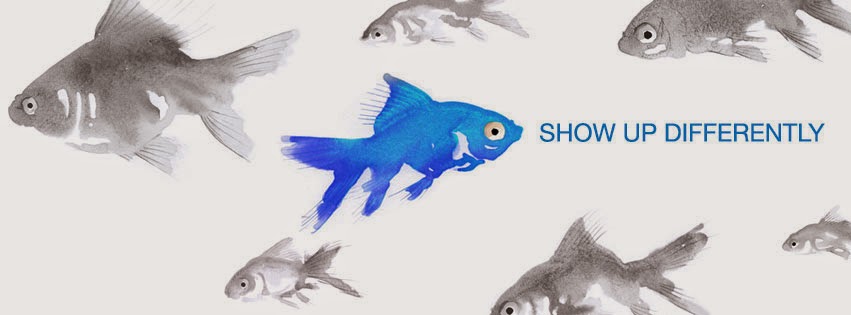Few stories this year have captured public attention more than the killing of Cecil the Lion, the iconic feline in Zimbabwe’s Hwange National Park. The account of Cecil’s killing are now well known but the public outrage is worth examining from a corporate and brand perspective for the trends that emerge.
1. The context and nuance matter
Conservation issues and animal cruelty issues often don’t converge with such clarity to create such global outrage. We saw the uproar over the dog meat festival in China which is an animal cruelty issue. We see conservation activists deplore shark finning and commercial whaling. People care but these causes haven’t has as big an emotional connection because they occur in the high seas or the grasslands. In this case the lion killed wasn’t just an animal, he was Cecil. Cecil was a celebrity and the subject of an Oxford University tracking study who brought joy to people. The narrative here is Cecil was “murdered” and has become a martyr in the cause of prevention of animal cruelty and conservation.
Humanity has been robbed of an irreplaceable living creature. That is the strategic context this story appears and unlike shark finning, this story produces a sense of outrage that can now be leveraged into action for prevention of further acts because it is so indefensible. It’s become an epic tale of good and evil personified. Corporates and brands need to understand the details and nuances of any issue are now so unique that identifying any differentiators is crucial to adopting the correct tonality in a response.
2. A good story told well needs clear heroes and villains, names and faces
Who kills a celebrity lion for sport? A macho big game hunter in the spirit of Teddy Roosevelt or Ernest Hemmingway? No, Cecil was murdered by a dentist from Minnesota. These stark contrasts highlight the outrage and fuel the controversy. The story of Cecil and his killer Dr. Walter J. Palmer should be contrasted with that of Sabrina Corgatelli.
She’s the Idaho accountant actively defending big-game hunting who posted photos of herself in front of a freshly killed giraffe shot while on holiday in South Africa. Her actions may be equally outrageous but she’s dismissed her critics as “haters”. Perhaps she’s better prepared by assessing the previous reaction. But the animals she’s shot for sport are anonymous. There’s no personalization in her situation. Corporates need to be empathetic and sensitive to the underlying personal circumstances driving any issue.
3. Online vigilantism is now the norm
Protesters camped outside Dr. Walter J. Palmer’s Bloomington Minnesota office and posted signs at the entrance which read “Rot in Hell” and “We are Cecil”. The latter is a reference to the “We are Charlie” signs held in solidarity around the world for the 12 people shot dead following the terrorist attack on the French satirical magazine Charlie Hebdo. Online activists published the dentist’s phone number and attacked him on his practice’s Facebook page. Comedians Ricky Gervais and Jimmy Kimmel used their respective celebrity to attack the dentist’s character and even his manhood. This is now a reality that all brands must face. There are no quick fixes when emotions run this high. Every story now references key themes from the last big global online outrage and builds on them.
4. Everyone in your ecosystem plays a role in shaping the narrative
Ever heard of Itai Dzamara? He’s the Zimbabwean human rights activist abducted by five armed men near his home March 9th who has not been heard from since. The government denies allegations of any involvement. Zimbabwe is a country that consistently scores low in global human rights and transparency indices. But the country was quick to charge the guide who lead the hunt and is demanding the extradition of Dr. Walter J. Palmer’s. Cecil’s death is providing Zimbabwe with a platform to present a different side of its itself—that of a caring country that acts quickly to deal with social issues of global significance. Three major US airlines this week announced they will ban shipment of all animal trophies. Other international airlines had previously banned the practice without fanfare. It’s vital for corporates and brands to understand that containment of issues now requires a much wider understanding of their stakeholders’ views on various issues.
5. Personal conduct impacts professional reputation more than ever
Dr. Walter J. Palmer is a private citizen and went big game hunting in a private capacity. But in every media and online reference his profession has been highlighted. His practice has been attacked in both the real and virtual worlds. Big game hunting once held a mystique in popular culture with such luminaries as writer Ernest Hemingway and President Teddy Roosevelt seen as archetypes of masculinity and bravery for their participation in hunts. Now it’s now seen as something shameful, cowardly and evil. Corporates and brands need to understand that private conduct plays a huge role in shaping public perceptions. What individuals now do in their private time is coming under greater scrutiny and affecting their professional reputations and brands. The killing of Cecil the Lion raised awareness of key conservation and animal cruelty issues sparking worldwide outrage. The trends this story reveals serve as a cautionary tale for corporates and brands.
Ray Rudowski is Regional Director of Crisis Planning & Training for Edelman Hong Kong.









